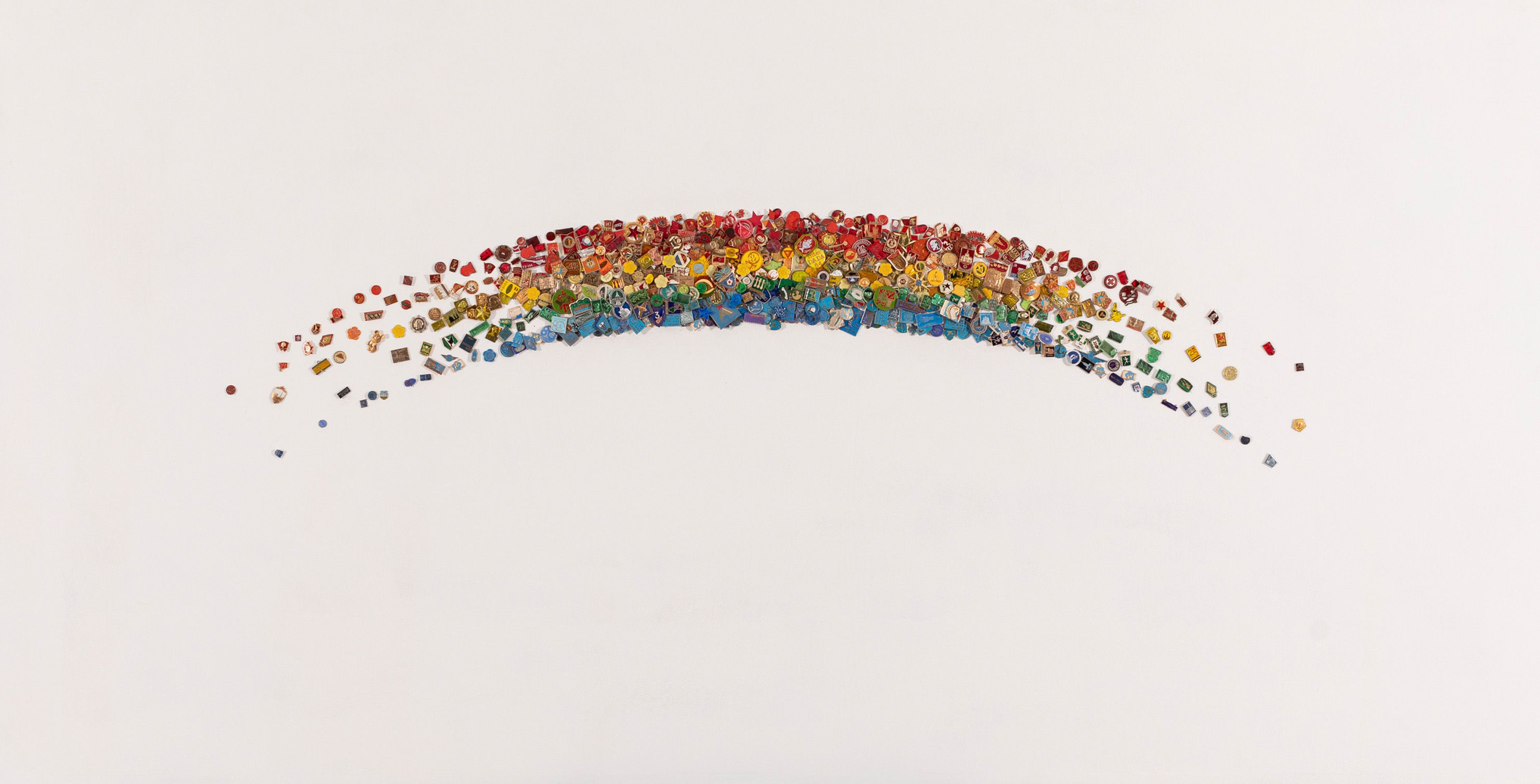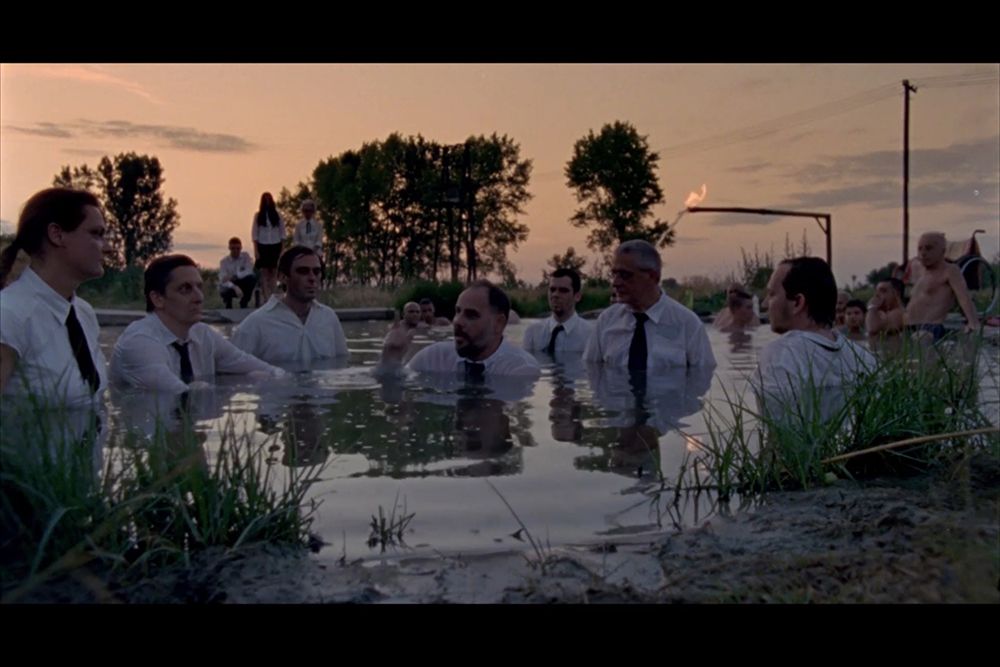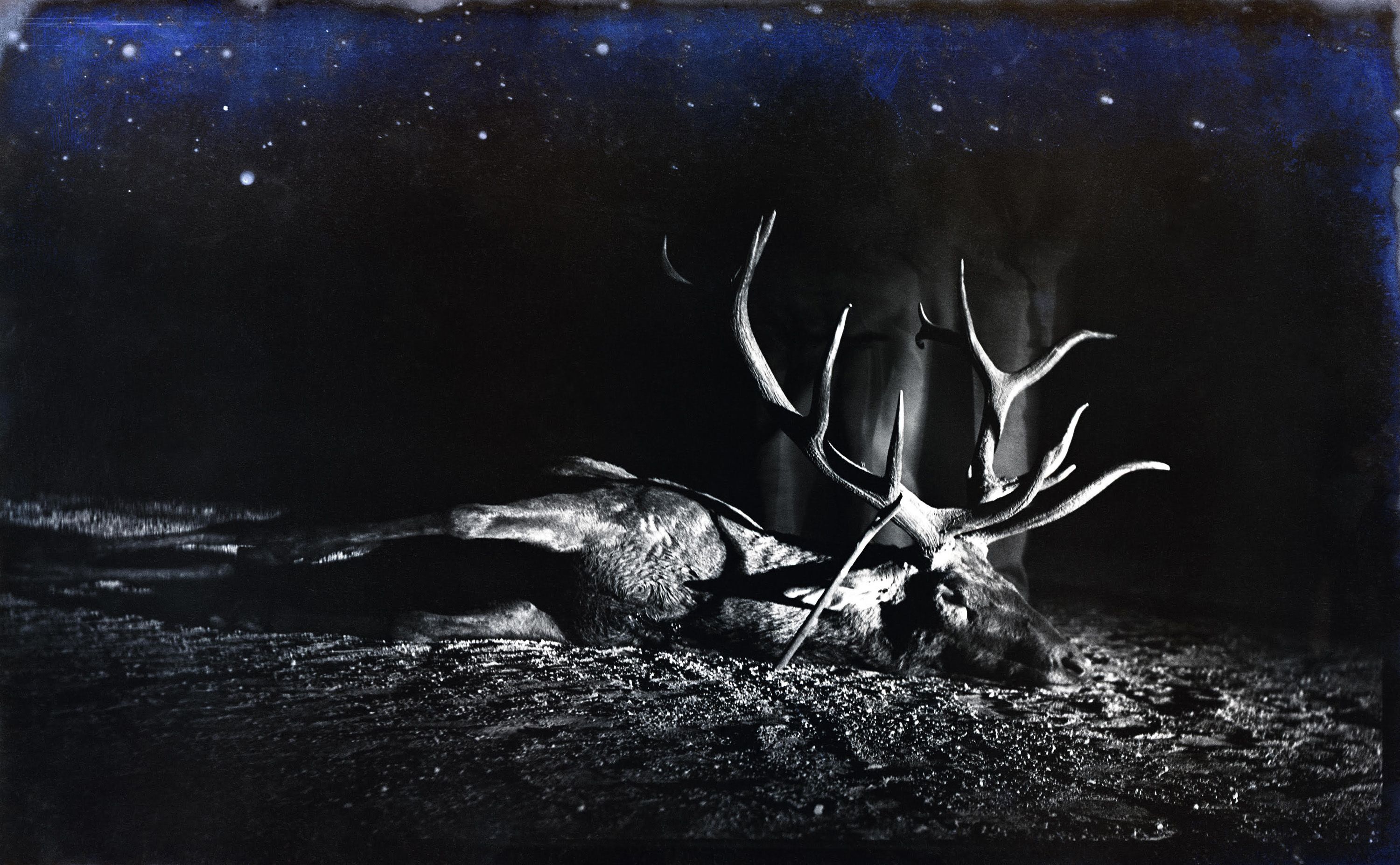Patterns of Time
| Venue: | acb Gallery |
| Date: | Mar 23 – Apr 27, 2012 |
Description
At the beginning of the twentieth century, the findings of various scientific disciplines converged to result in the dissolution of the traditional linear conception of time fostered by the Western mode of thinking and being, which had culminated in Modernism. The existing temporal paradigm – which to that point was used as a solid and dependable referential system – was subverted from different aspects by the natural sciences, history, philosophy, and psychology.
These tremors in the foundations of the conceptualization of time evoked an instant reaction in all fields of art, including the visual arts (a phenomenon that took place simultaneously with the birth of the avant-garde), with various preferred approaches in the different genres.
Later in the century, many different answers and issues arose in connection with the problematics of time – posited as one of the most basic questions of existence and consciousness – which, however, only led to its further relativization.
Perhaps it was partly because of a need to face the resulting uncertainty that, as the boundaries of visual art expanded, its dimensions – which had traditionally been interpreted solely in terms of space – gradually came to include temporality. After avantgarde art actions and the experimental films of the 1930s, by the ‘60s, the beginnings of happening and video art elevated temporal genres to the status of autonomous media within visual arts.
Today, as a result of our accelerated lifestyle, continuous technological advancements, and consumer culture, we are increasingly faced with the disappearance of time, as primarily manifest in the ephemerality and concurrence of material and immaterial values – in a kind of absolute present tenseness, which makes the past and the future virtually meaningless and unintelligible.
Of the innumerable ways in which contemporary art relates to time, Patterns of Time only ventures to touch on a few. As a common feature, the displayed works all reflect on a state of timelessness and react to the resulting consequences for both individual existence and community.






